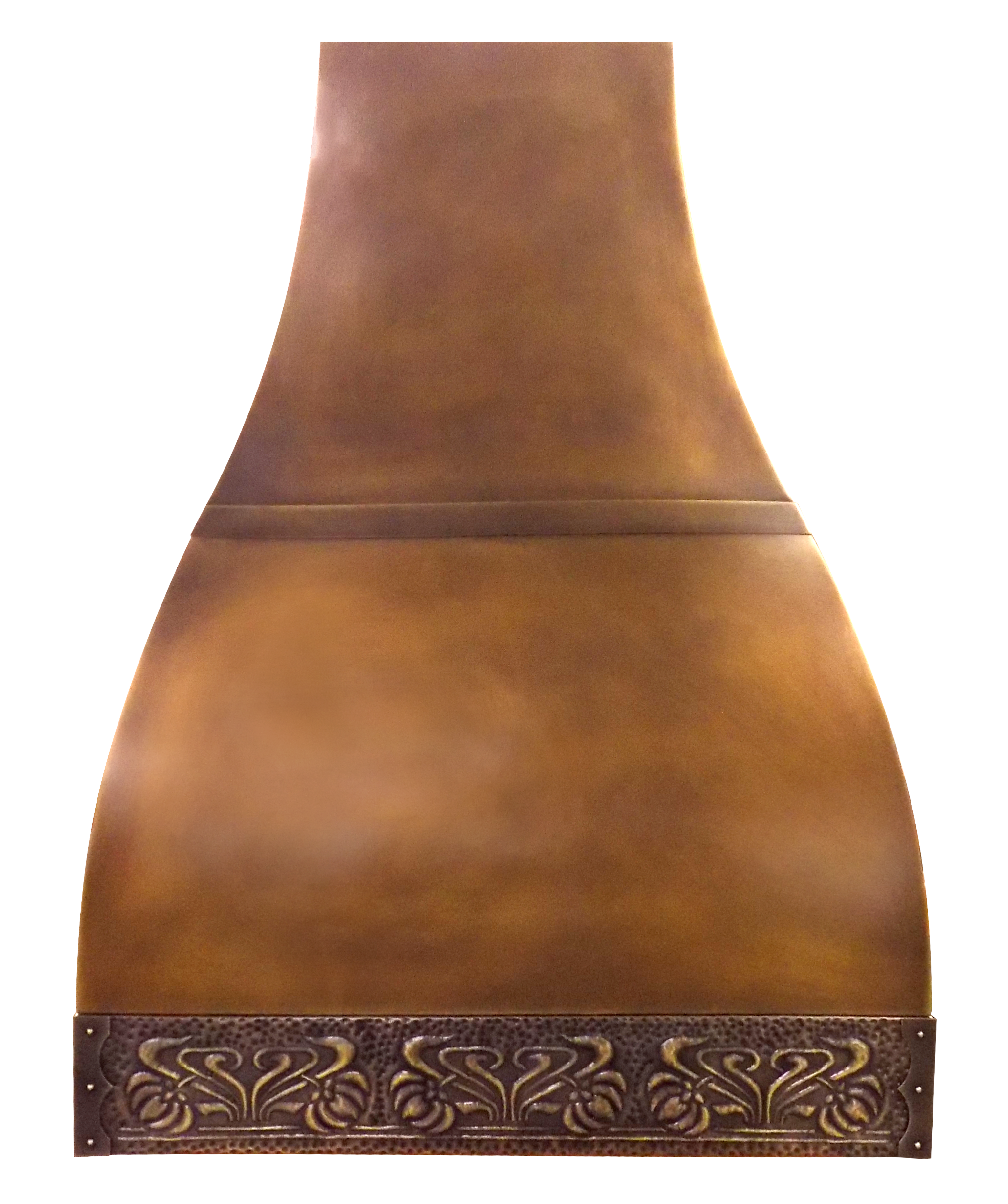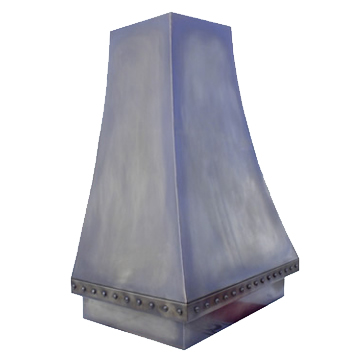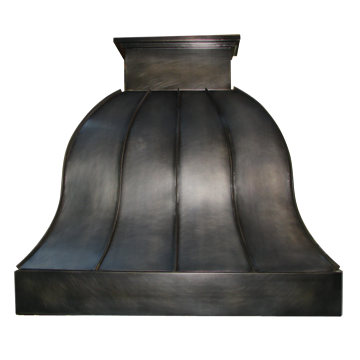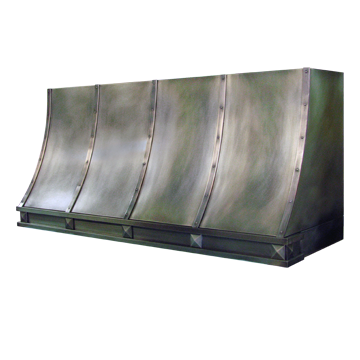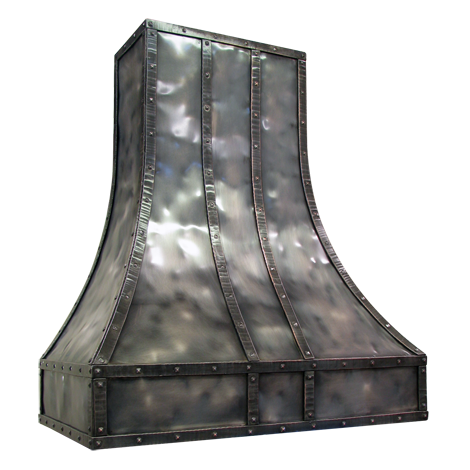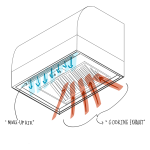Repoussé
This month’s blog topic is the on the art of Repoussé.
Repoussé is an ancient skill used in metal craft to create beautiful images in malleable metals. The term Repoussé is derived from the French word pousser, “to push forward.” The techniques of Repoussé are found worldwide from ancient times, such as the gold mummy mask of Tutankhamun, to today, as demonstrated in the Statue of Liberty.
The repoussé design is created by raising the image from the back using special hammers and chasing fine details from the front. Bas-relief (low relief) repoussé is often confused with a mass production process of “rolling” or “stamping” designs into metal with special forming machines. This kind of imprinting a design into metal does not typically result in the fine detail associated with genuine repoussé, and doesn’t allow for cost-effective intricate one-off custom designs.
Texas Lightsmith artisans are skilled in this venerable process to create unique one of a kind functional art products. Watch the video for inspiration on how to incorporate repoussé into your Texas Lightsmith project.
